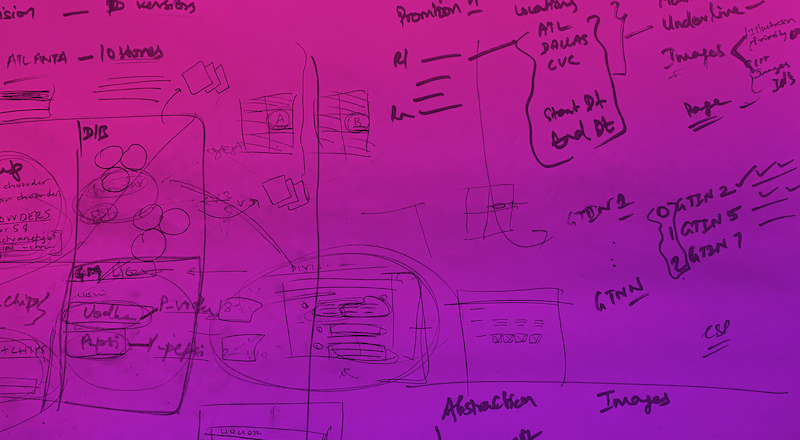Careers at Thoughtworks
[Career Pathways] I fell in love with programming as a teenager. Today I am a software engineer.

Flash forward to the present.
Thinking about the past nine months, I realized a lot of what I learned from being on a ‘remote-first’ project helped me transition to working from home full time. Whether it is now or it was before, building great digital products is just plain hard — very, very hard. Doing it on a remote, distributed team is especially difficult if you haven’t done it before. The added stress of the pandemic challenges even those with experience, myself included. And three months past lockdown, many of us continue to reinvent ourselves and our practices.

Disclaimer: The statements and opinions expressed in this article are those of the author(s) and do not necessarily reflect the positions of Thoughtworks.
